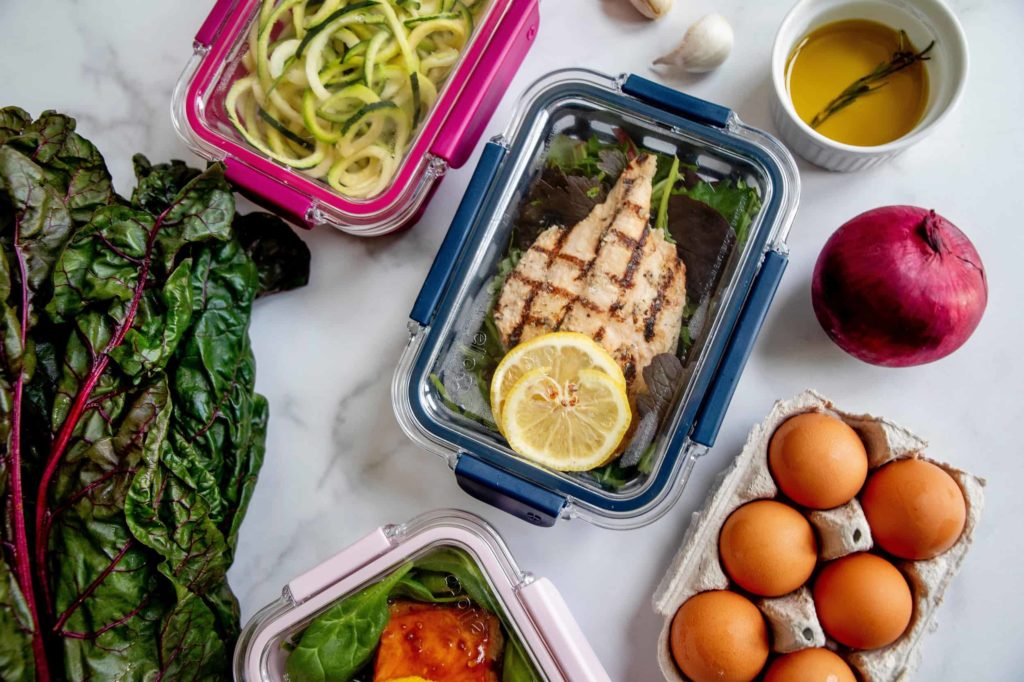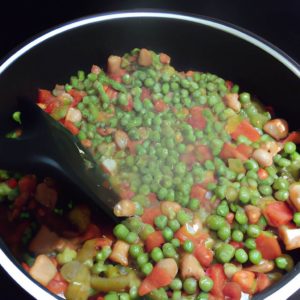Meal plans can be a great way of reducing waste, making food shopping easier and sticking to healthy eating habits. What makes a healthy meal plan? How do you choose what to include in your weekly menu?
First, there is no one healthy meal plan. There are many different phases in your life that require different amounts of nutrients. However, there are some principles you can follow and adjust as needed. Here are some tips to help you create a healthy week-end meal plan.
Your Healthy Meal Plan’s Backbone
These practical tips should form the basis of your meal plan for the vast majority of adults:
- There are many fruits and vegetables available
- Whole grain carbohydrates (brown rice and brown bread, brown bread, millet or bulgar wheat, etc.
- Fermented foods like kimchi, sauerkraut, and kefir are all available.
- Extra virgin olive oil, rapeseed oils, avocados and nuts are all examples of unsaturated fats.
- You should eat two portions of oily fish like salmon per week. If you don’t like fish, nuts and seeds are also good options.
- Try to eat 30g of fiber per day
- You can eat a variety of beans and pulses such as kidney beans, chickpeas and black beans.
- Get 8 glasses of water per day
Calorie Counting
One calorie is the amount of energy needed to heat 1g of water from 14.5 to 15.5degCelsius. This is done in a laboratory by heating the food. The food is not “burnt” in the body, and people’s metabolisms and energy expenditures vary so this estimate is only a rough one. It is possible to lose weight by being difficult.
How the food is processed can also affect how much you absorb and how much energy you have. Sweetcorn is an example. You will absorb more calories if you make a tortilla from it than if the sweetcorn kernels are whole.
Another problem with calories is that it encourages prioritizing quantity over nutrient quality. When planning your week’s healthy meals, you should consider this: 500 calories of fruits and vegetables can provide 500 calories.
It is difficult to predict how many calories you will need because of so many variables, including age, gender, lifestyle and activity level. Instead, I recommend that you use a general principle to balance your plate. It also reminds you to eat mindfully when it is physically hungry and not due to an emotional trigger.







